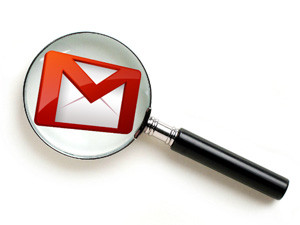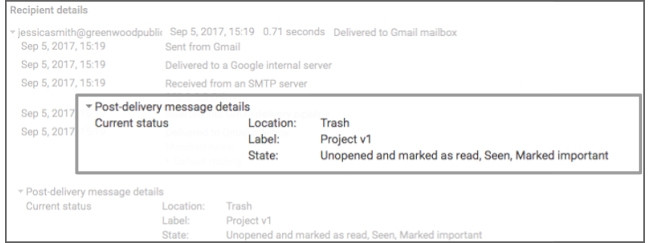
Google, the Alphabet-owned search engine giant, has updated its G Suite to let admins track the delivery of messages sent and received by users within their domain.
G Suite is Google's enterprise solution, using its apps such as Gmail and Drive, but also offers extras like custom e-mail addresses and an additional administrative tool.
The new feature will let admins in a company see, surreptitiously, if employees have read e-mails after they have been sent.
"Until now, admins had to reach out to end-users directly or search their mailboxes to see the status of a message after it had been delivered. With this launch, that's no longer necessary, as a message's post-delivery status will be listed in e-mail log search results," Google explained in a blogpost.
"Going forward, to see the current location of an e-mail, whether it's been read or deleted, as well as any assigned labels, admins can simply expand the 'post-delivery message details' under 'recipient details' in an e-mail log search result."
Google says this was developed so admins can "help users find missing messages".
The company does note this option is limited to e-mails sent within the last 30 days.
Gmail is not the first e-mail company to allow users to do this.
Third-party browser plugins like Streak, Boomerang and BananaTag have been around for a few years. These extensions plugin to users' personal e-mail systems and, for a monthly fee, let e-mail senders see when recipients open an e-mail.

Some of the products also let users see the location of where the e-mail was opened, and if specific links in e-mails are clicked.
None of these services, including Gmail, alert the receiver of the e-mail that their e-mail is being tracked.
Earlier this year, Google announced it will stop scanning free Gmail accounts to serve adverts based on the content found in the private exchanges. The company has long been under fire for its Gmail ad targeting practices, as protesters have said it invaded users' privacy.
Share